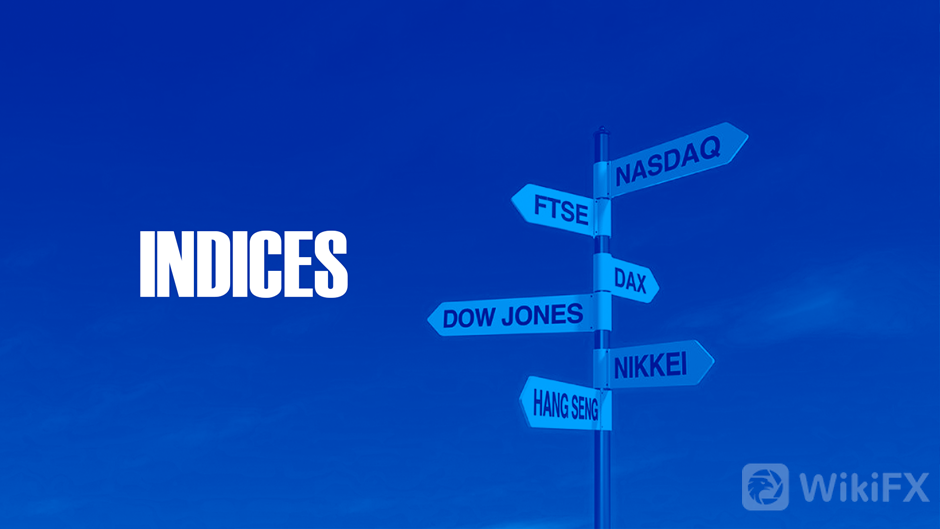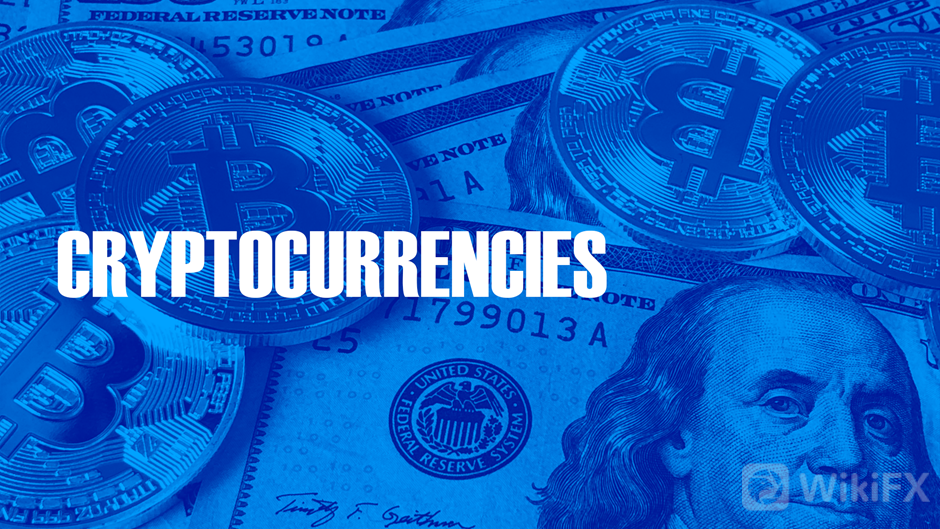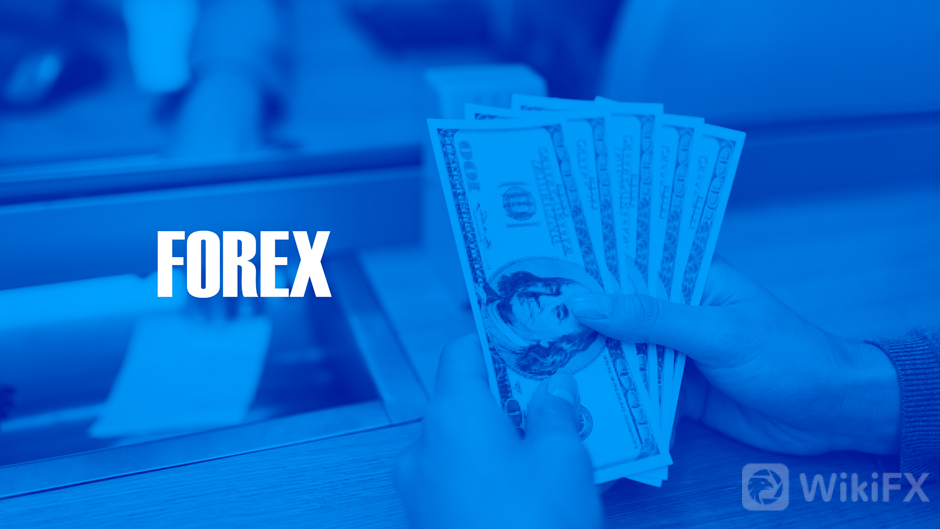
For the week, the Nasdaq Composite was down 7.55%, the S&P 500 was down 5.7% and the Dow Jones Industrial Average was down 4.6%.Recorded its worst week since the pandemic outbreak, the Dow Jones and Nasdaq both recorded their largest weekly decline since October 2020, and the S&P 500 recorded its largest weekly decline since March 2020, that is, 22 months decline.The latest analysis by Morgan Stanley predicts that if the Fed tightens monetary policy faster than expected, the S&P broader market may be further down by 10% to 20% in the first half of this year. Currently, the S&P 500 has fallen about 8% from its all-time high.Analysts said that while there were only four trading days this week, it felt like a condensed two-week trend.
The U.S earnings season so far has been mixed and markets are also bracing for a rate hike by the Fed. Economists polled by Bloomberg expect policymakers to raise interest rates for the first time in more than three years in March before shrinking their balance sheets soon.In addition, geopolitical tensions have also made the market more uneasy.With stocks falling, the VIX expects near-term volatility to outpace future volatility.This VIX inversion has happened four times in the last year, while the market bottoming out.

Netflix (NFLX.US) the Q1 new user guidance was far less than expected.According to the financial report, Netflix's Q4 revenue was US$7.709 billion, and the market expected US$7.708 billion, an increase of 16.0% over the same period last year.The number of paid subscribers for global streaming media increased by 8.28 million, and the market expected an increase of 8.13 million. However, Netflix expects 2022 In the first quarter, streaming media paid subscribers increased by only 2.5 million, far below market expectations for an increase of 6.26 million.
In order to accelerate the commercialization of trams, Sony (SONY.US) is considering adding partners. Sony said the company may add new technology partners to its electric vehicle (EV) program, having already partnered with Canadian auto parts maker Magna International (MGA.US) to build two electric vehicles, the “Vision S”. Prototype and other partners include German auto parts maker Bosch, French auto technology company Valeo and Hungarian autonomous vehicle start-up AImotive.
IDM giant Intel (INTC.US) plans to spend $20 billion on chip manufacturing center on the outskirts of Columbus, Ohio, which Intel expects will become the world's largest “silicon manufacturing” base. At the same time, TSMC (TSM.US) and Samsung Electronics are also planning to further increase capital expenditures.

Bitcoin fell below the $40,000 mark, hitting its lowest price in five months. In a report released on Thursday, the Central Bank of Russia proposed a ban on the use and mining of cryptocurrencies in Russia, saying it threatens financial stability, retail investors, and its monetary policy sovereignty, and causes unproductive electricity consumption, among other things.
Analysts at UBS have warned that the cryptocurrency could experience another “winter” of price slumps. James Malcolm said in a report that Federal Reserve raising interest rates could reduce the attractiveness of bitcoin and other cryptocurrencies. Tightening monetary policy is certainly a bad thing for cryptocurrency because over the past two years cryptocurrency prices have risen with the help of quantitative easing QE. Analysts also believe that regulation is the main issue facing cryptocurrencies. “Unstable with skyrocketing prices, as well as decentralized, will face a government crackdown.”
The last “crypto winter” occurred in late 2017 and early 2018. During that period, Bitcoin fell from about $20,000 to below $4,000 and stayed below $4,000 for more than a year. This leads to investors reducing confidence in cryptocurrencies.

On Friday, spot gold closed at $1,835.38 an ounce, affected by a general decline in commodity prices, but rose 0.96% this week as inflation and geopolitical risks boosted gold's safe-haven demand. Palladium posted its best weekly performance since November 2020. Senior market strategist Bob Haberkorn said bulls are in control as there is definitely safe-haven money coming into the market this week.
Market focus is now on the Federal Reserve's meeting at 25-26 this month, where economists expect the central bank to tighten policy much faster than thought a month ago to control the stubbornly high inflation. Despite central banks becoming more hawkish, gold has remained steady. The S&P 500 was on track for its worst week in nearly 15 months, this volatility in the stocks market also helped fuel safe-haven demand. Geopolitical tensions between the U.S. and Russia over the situation in Ukraine may also support gold prices.
On the technical analysis show, the price of gold is in an upward Y wave that started from $1,782, rising above the 76.4% target of $1,843, and is expected to further touch the 85.4% target of $1,850.

Crude oil prices rose for a fifth week in a row, as signs continued to point to strong demand and tight supply. Earlier this week, Brent and U.S. crude both rose to their highest levels since October 2014. However, due to the unexpected increase in U.S. crude oil and the sharp decline in U.S. stocks, the market experienced profit-taking and oil prices were under pressure, which narrowed this week's gains. Crude oil's surge pushed many major futures contracts into technically overbought territory. Brent, WTI and heating oil futures all came out of those territories with a sharp pullback early Friday.
Most of Wall Street has also become more bullish as prices continue to rise. Morgan Stanley has joined Goldman Sachs in forecasting oil prices reaching $100 a barrel this year. Bank of America reiterated that it expects oil prices to hit $120 a barrel by summer. Citigroup warned that sticking to a bullish view beyond this quarter could be dangerous. However, multiple reports this week show with strong demand. The International Energy Agency said that supply and demand in the oil market looked tighter than previously expected, and demand remained firm despite the rapid spread of the omicron variant.

The dollar fell on Friday, tracking U.S bond yields lower, as investors awaited next week's Federal Reserve meeting to provide more clarity on the prospect of a rate hike. Safe-haven currencies outperformed as global bond yields fell amid a subdued earnings season and deepening U.S.-Russian tensions over Ukraine. The Swiss franc rose to a one-week high against the dollar, leading to gains against G-10 currencies. The euro posted its biggest gain in a month against the pound. The U.S. dollar index was up 0.47% for the week. Earlier in the week, expectations that the Federal Reserve will tighten monetary policy at a faster-than-expected pace pushed yields and the dollar higher, with the dollar index posting its biggest weekly percentage gain since mid-December.
For the week, the dollar fell 0.45% against the yen. One-month implied volatility in the yen rose as much as 10%, the biggest intraday gain since late November. Chief strategist Shinsuke Kajita said there is safe-haven buying in the yen, and there is a view that the Fed may raise interest rates by 50 basis points in March, or six to seven times this year, so traders hope to clear position before the Fed meeting next week.
OneProSpecial Analyst
Buy or sell or copy trade crypto CFDs atwww.OneProglobal.com
The foregoing is a personal opinion only and does not represent any opinion ofOneProGlobal, nor is there any guarantee of reliability, accuracy or originality in the foregoing.
Forex and CFD trading may pose a risk to your invested capital.
Before making an investment decision, investors should consider their own circumstances to assess the risks of investment products. If necessary, consult a professional investment advisor.
www.oneproglobal.com
Leave a Reply